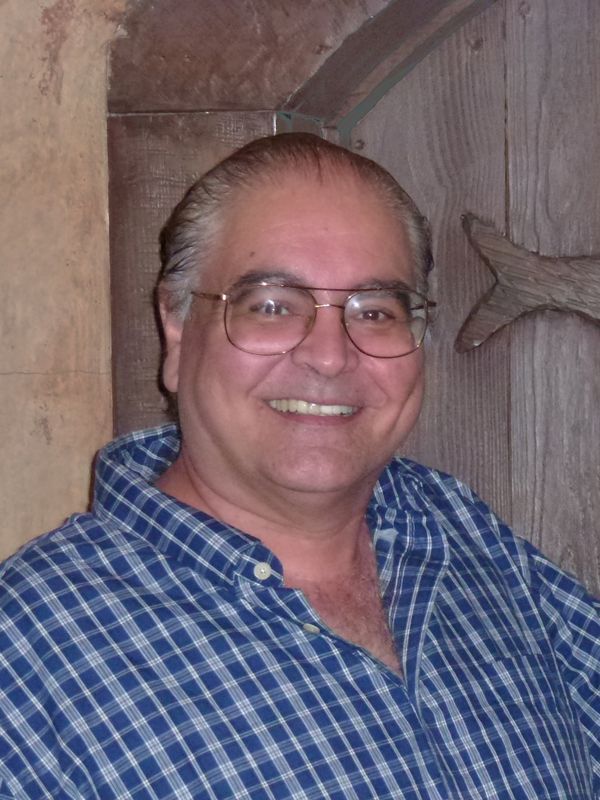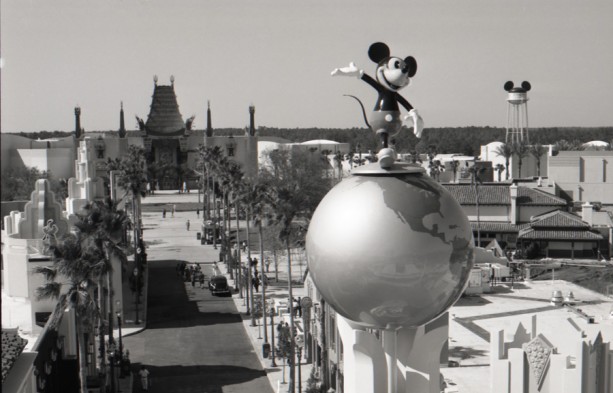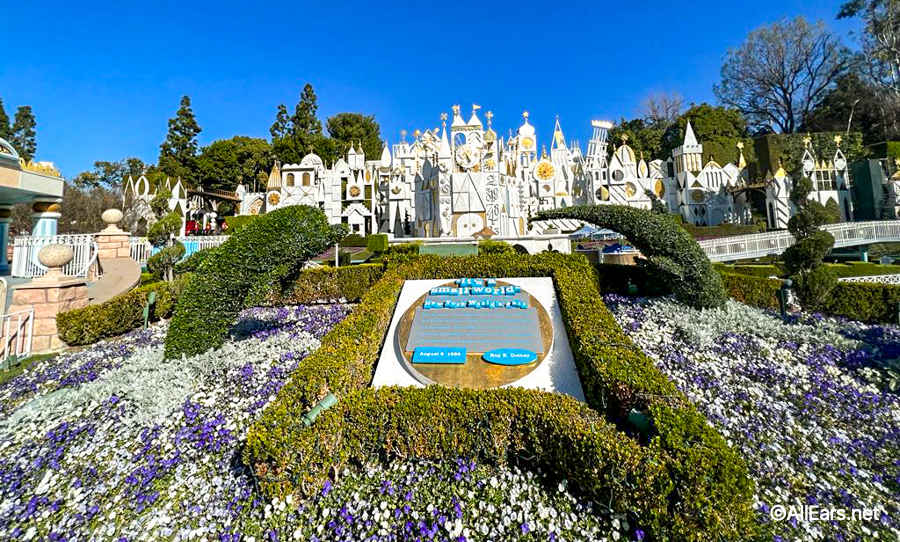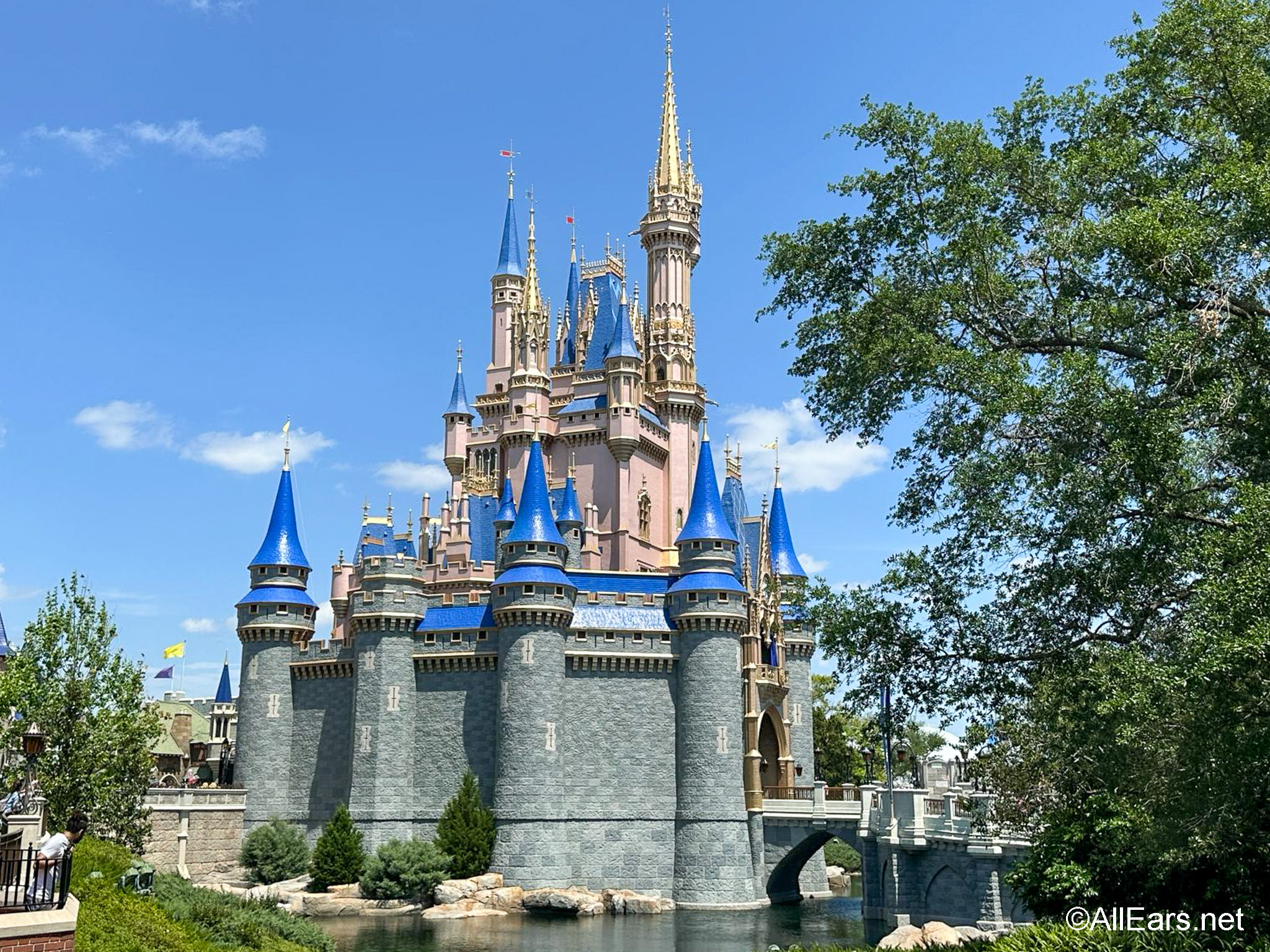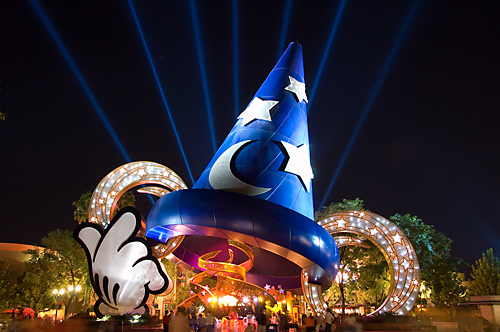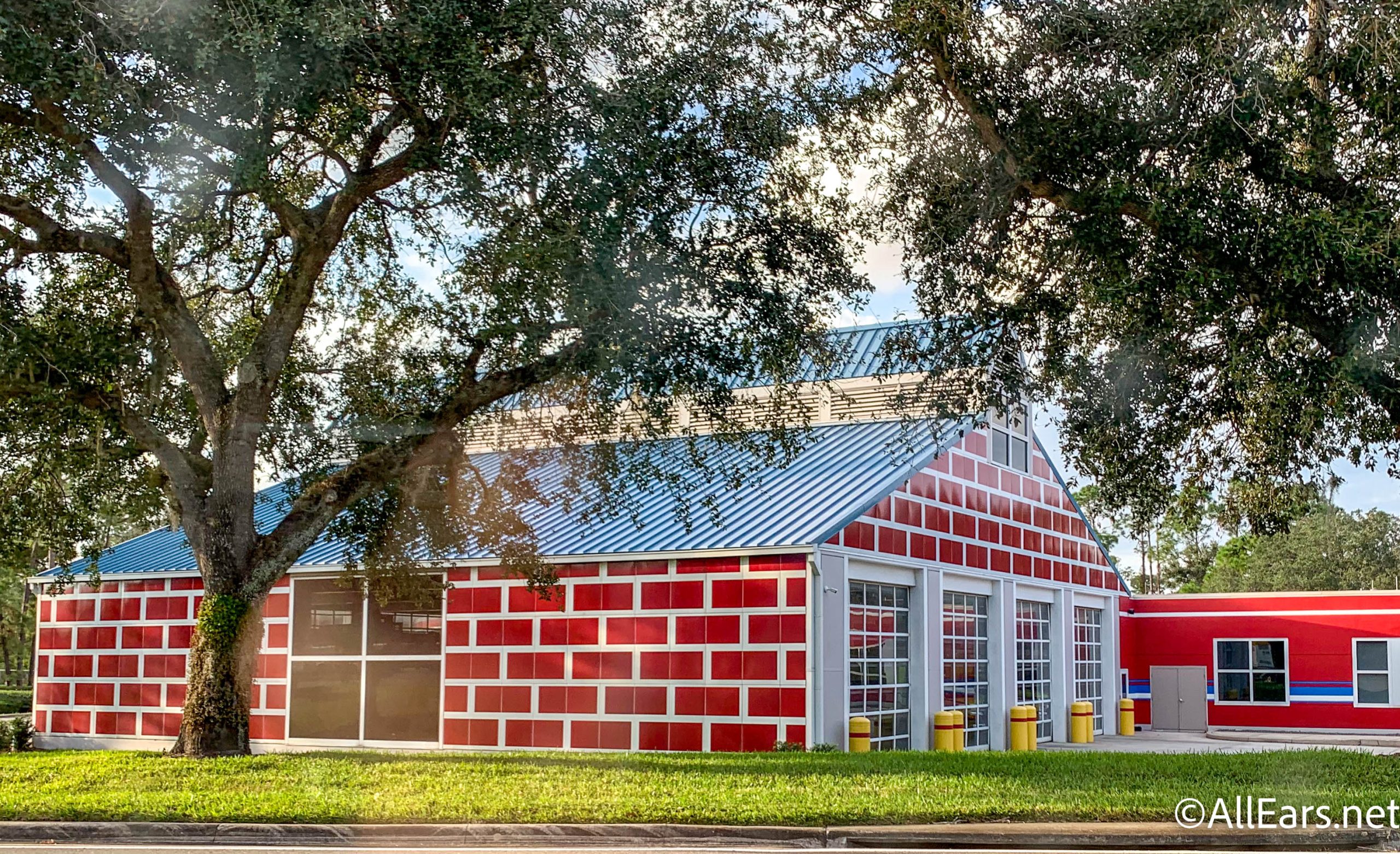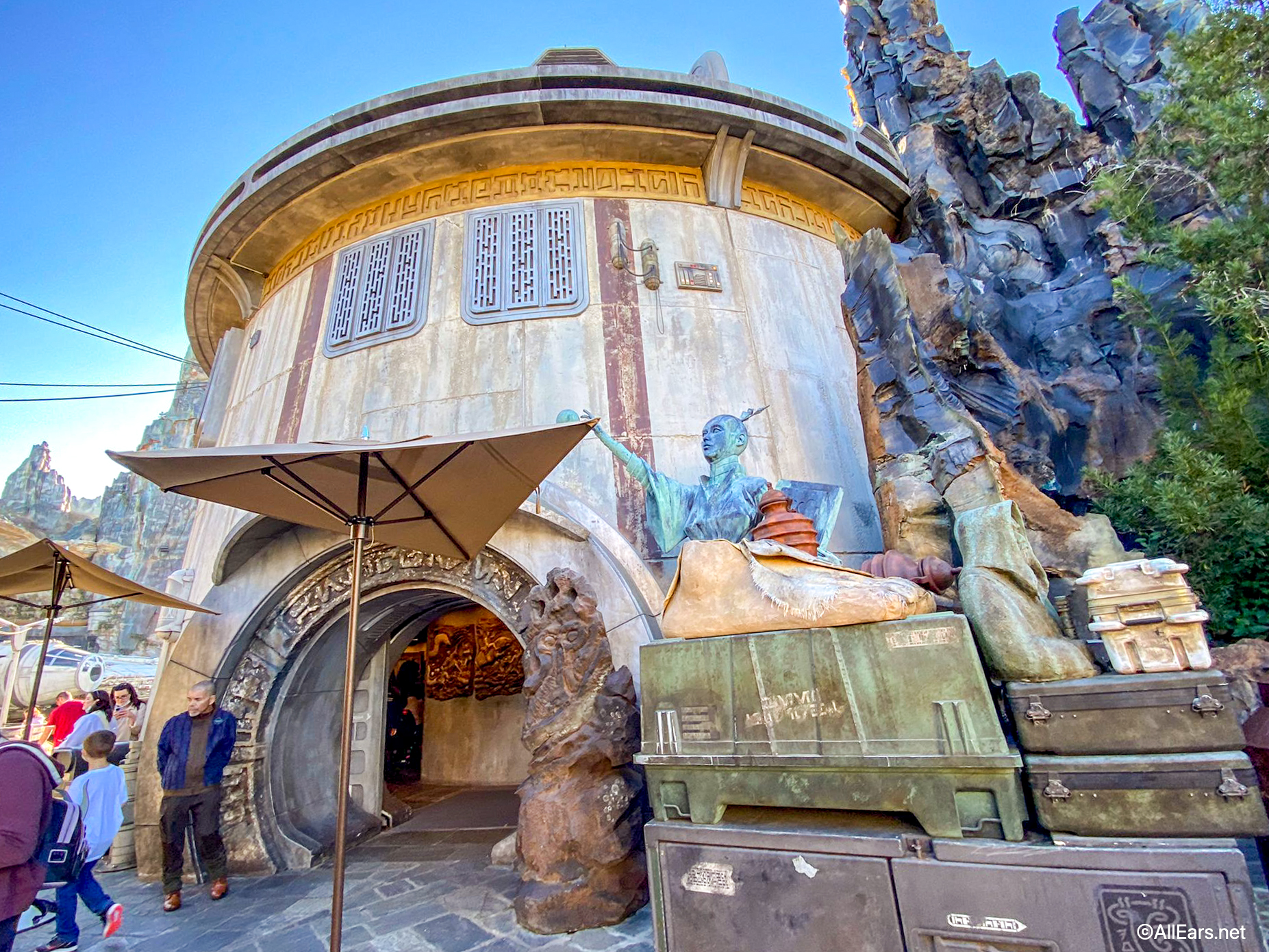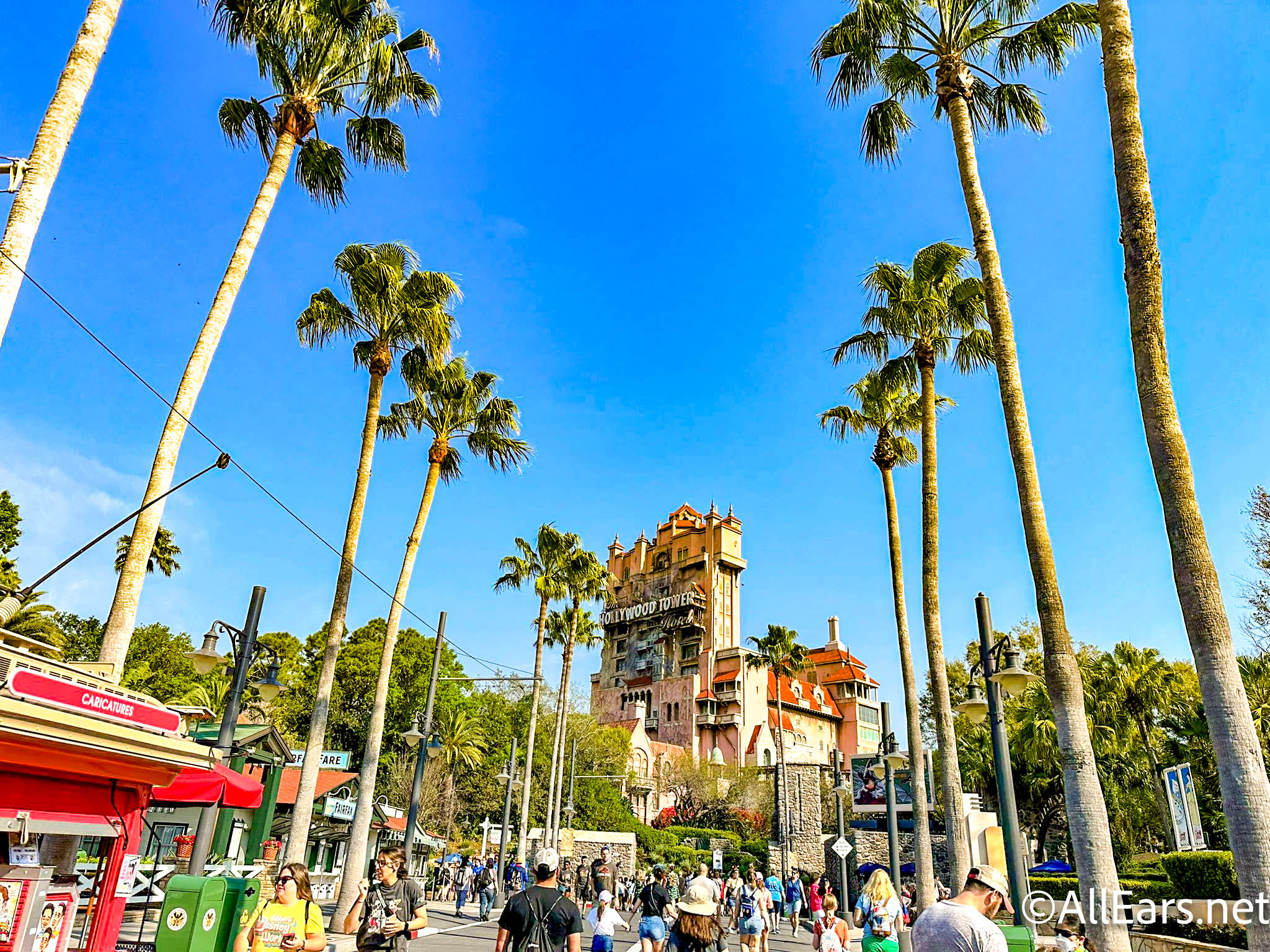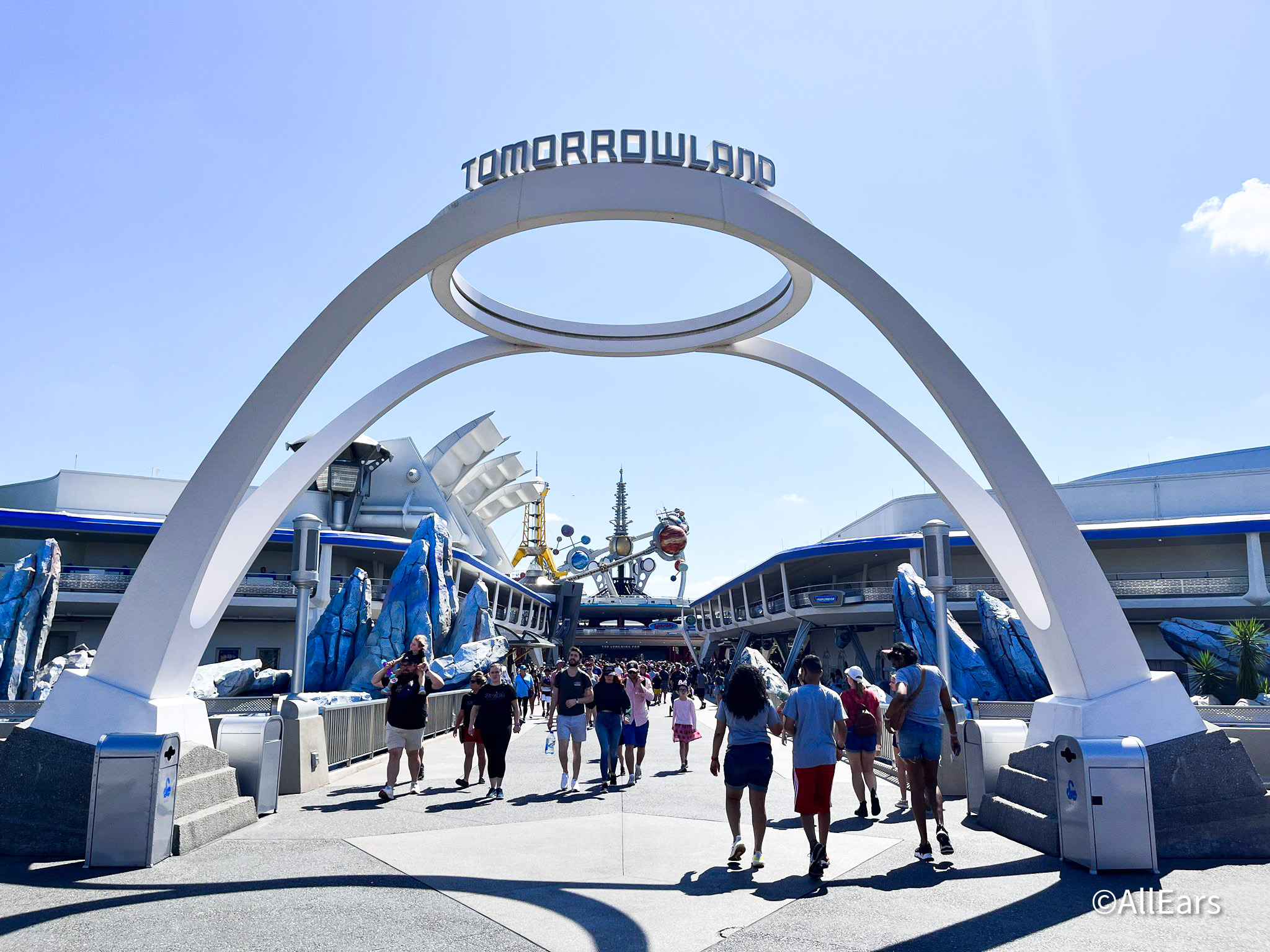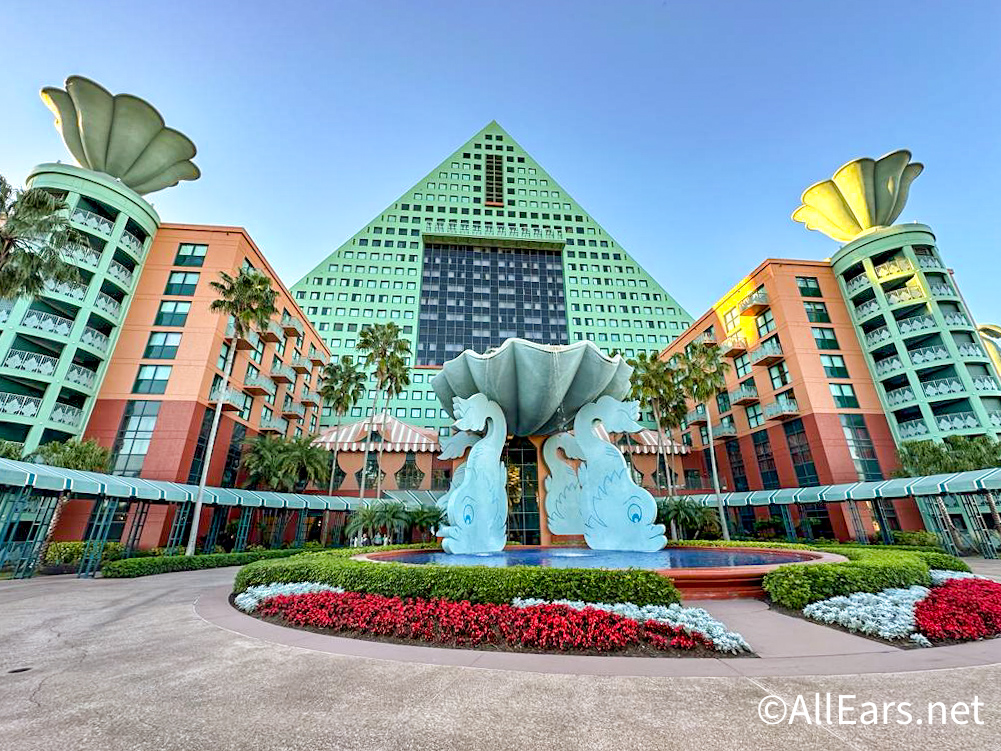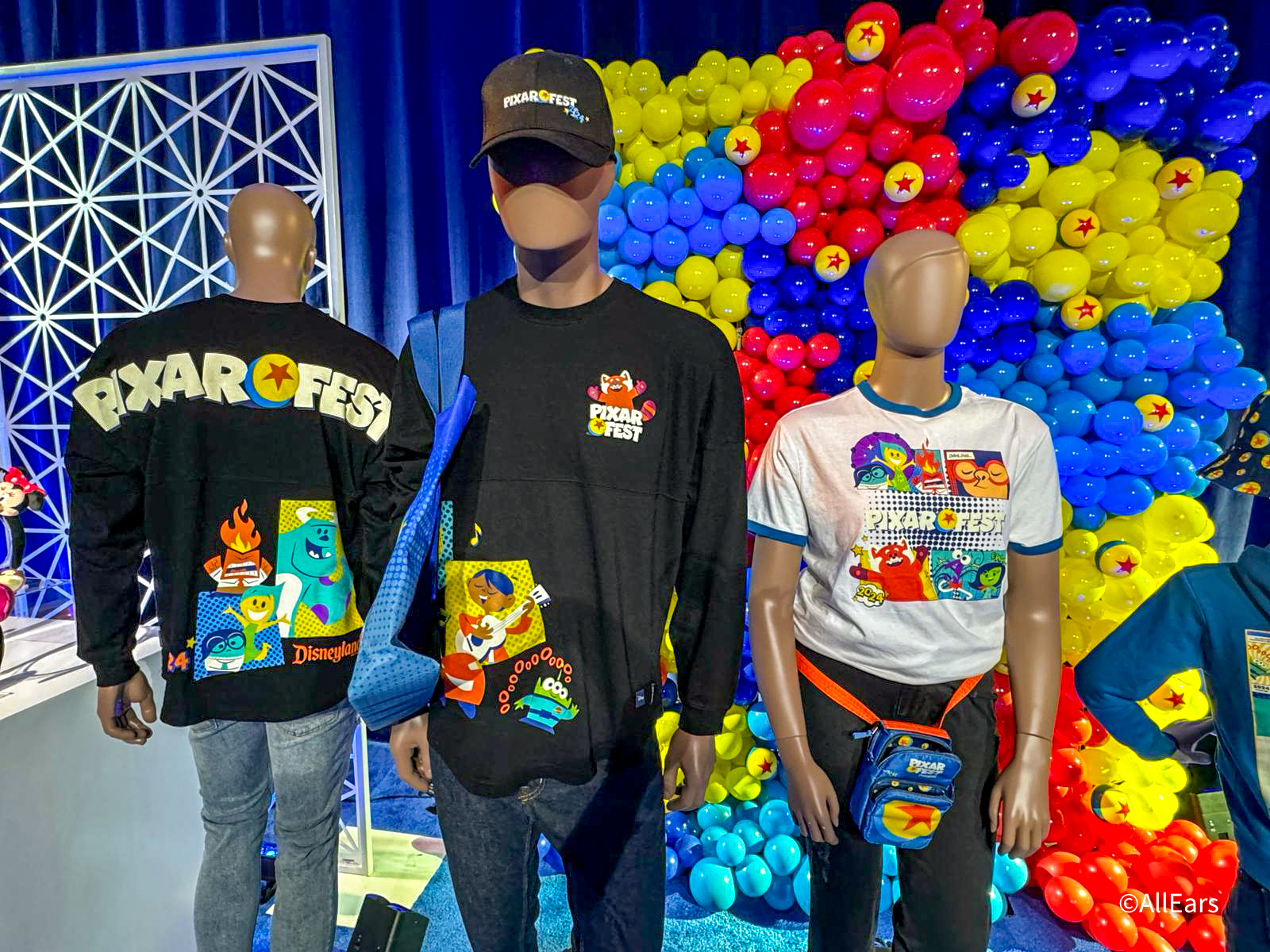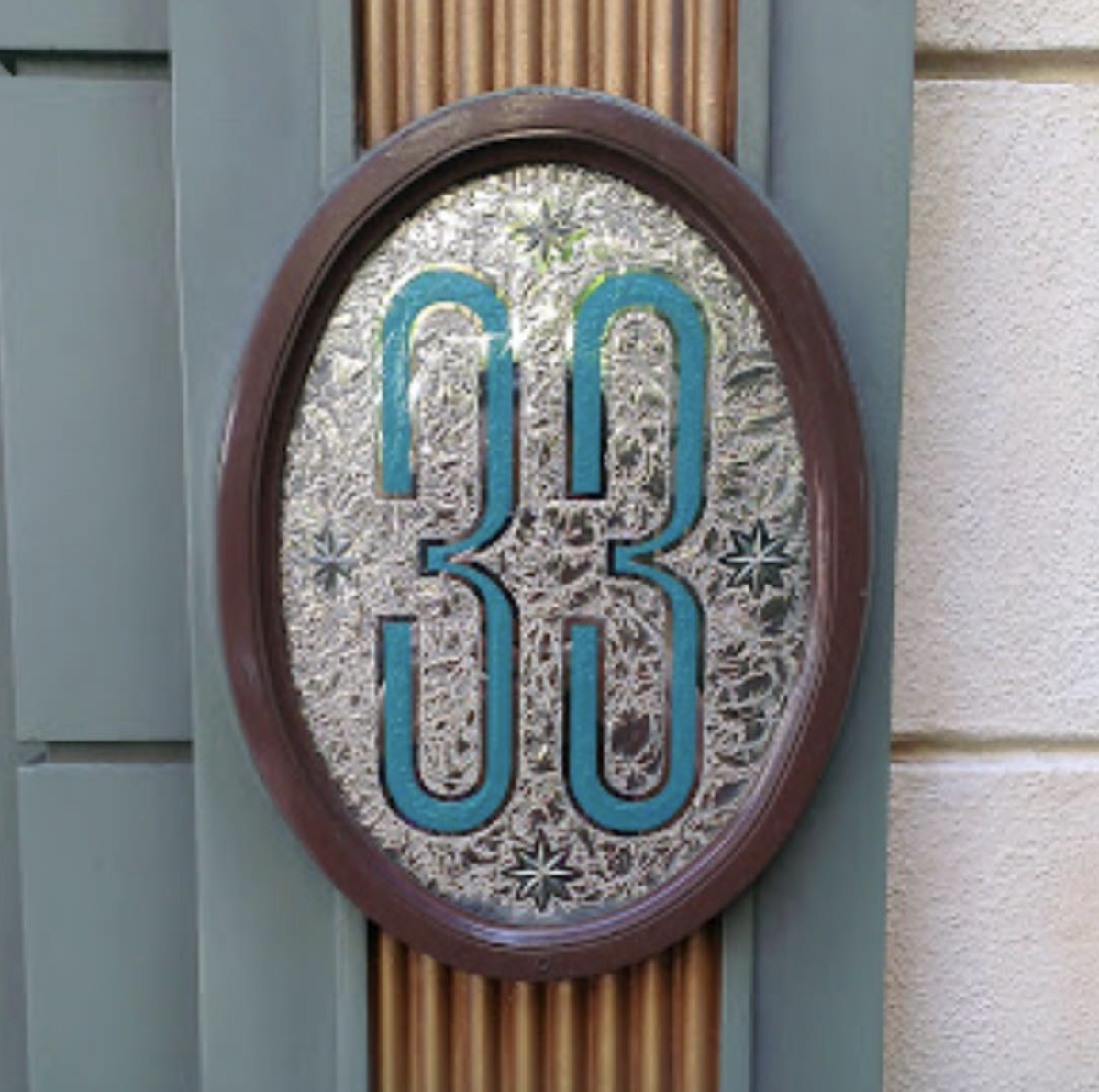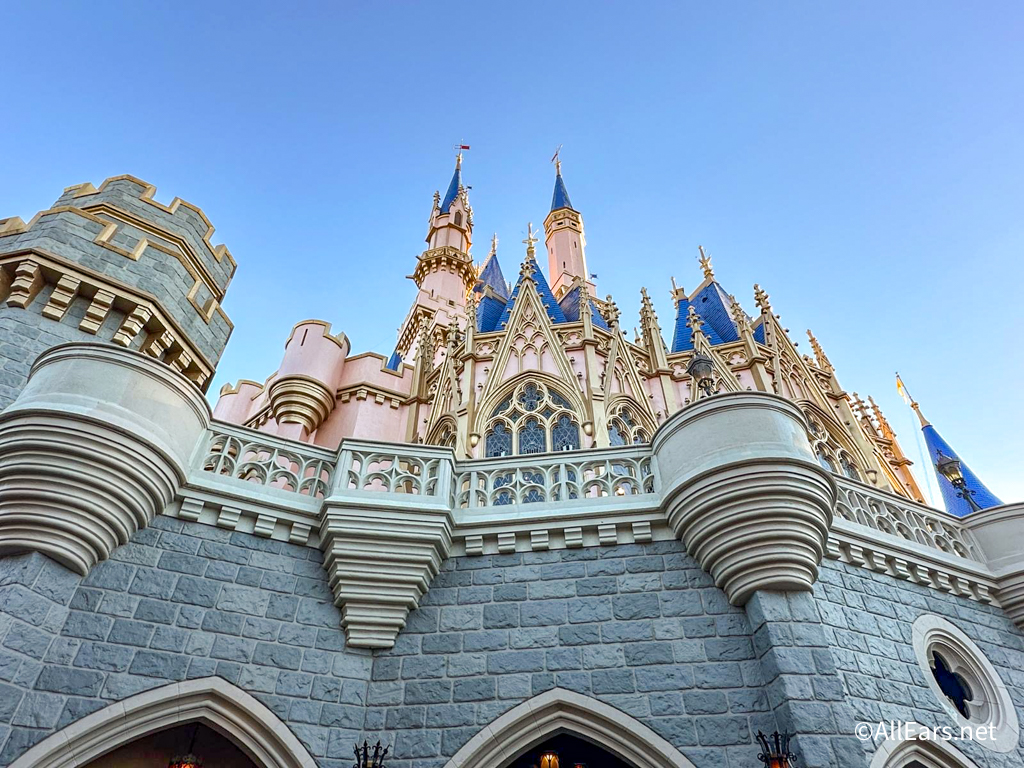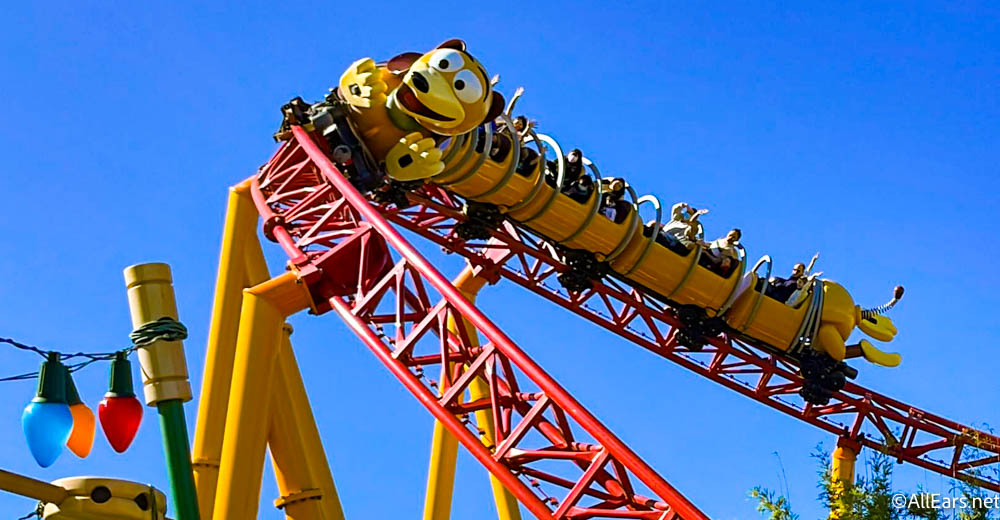Walt Disney World Chronicles: Star Tours Origins
by Jim Korkis
Disney Historian
Feature Article
This article appeared in the May 5, 2015 Issue #815 of ALL EARS® (ISSN: 1533-0753)
Editor's Note: This story/information was accurate when it was published. Please be sure to confirm all current rates, information and other details before planning your trip.
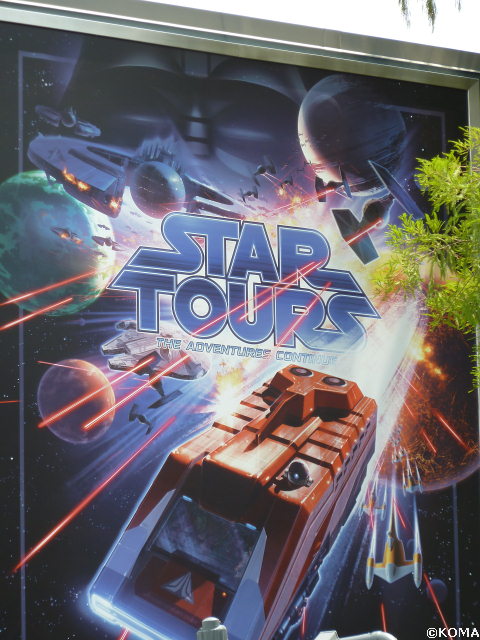 Disney and Lucasfilm have been working with many different writers preparing an official (and canon) series of stories that bridges the 30-year gap between the events of the movies "Return of the Jedi" and "The Force Awakens."
Disney and Lucasfilm have been working with many different writers preparing an official (and canon) series of stories that bridges the 30-year gap between the events of the movies "Return of the Jedi" and "The Force Awakens."
A plethora of stories and new characters that appeared in novels, comic books, video games, Disney theme park attractions and animated series that were considered part of an "Expanded Universe" will now be tossed aside in order to create a more coherent history for the franchise.
Before the release of the movie "Star Wars: The Force Awakens" in December, fans will see the release of almost two dozen books — from novels to comics to storybooks — to help bring audiences up to speed and foreshadow the new films.
As of yet, we do not know what role — if any — the popular Disney theme park attraction "Star Tours: The Adventures Continue" will have in the new storyline. The attraction was re-imagined in 2011 at Disneyland and Walt Disney World. But will the earlier version of the attraction still be considered part of the official Star Wars story or like so many other things, will its new additions be tossed aside? In any case, the story of how the attraction was created is an interesting tale.
In the mid-1970s, Walt Disney Imagineers developed a proposal for a never-built motion-simulator attraction that would have taken guests on an exciting underwater adventure with Captain Nemo from the Disney live action film "20,000 Leagues Under the Sea" (1954).
Basically, guests would sit in a section of the Nautilus and the forward screen would be a huge porthole depicting the wonders of the ocean's depths as well as the famous battle with a giant squid, which would result in a good deal of jostling and perhaps even an ominous leak or two spraying the cabin.
Later, this same concept was considered for an attraction based on the Disney live-action film "The Black Hole" (1979), using multiple story options. The critical and financial failure of the film, however, put the multimillion-dollar proposal back on the shelf.
Years later, when Star Wars head honcho George Lucas toured Imagineering headquarters in Southern California, he thought the concept of using a motion-control simulator was an amazing opportunity to showcase his Star Wars universe.
Disney and George Lucas brainstormed storylines that included everything from an underwater voyage beneath Dagobah's murky swamps (to tie in with the previous idea of being underwater and encountering weird sea creatures) to mind-numbing time-travel jumps throughout the galaxy (so that many different experiences throughout all the films could be depicted) to even a brief stop at a Jedi training academy.
Escorting guests on these journeys would be a veteran pilot from the Clone Wars nicknamed "Crazy Harry," prone to unexpected and dangerous flight risks because of flashback memories to his time during the conflict.
The character was inspired by similar former Vietnam helicopter pilots who after the war often found themselves in jobs like ferrying tourists in flights over Hawaii, not to mention also suffering the effects of post traumatic stress disorder (PTSD), which might flare up unexpectedly in a dangerous situation.
The original concept called for an attraction duration of nearly 20 minutes, but eventually it was trimmed in the final attraction to about four minutes, for guests whose stomachs and equilibrium might not have been built for 20 minutes of nonstop outerspace adventure.
After much discussion, it was determined that the chosen story would be set just after the Rebel Alliance victory in the film "Return of the Jedi" (1983), which was the most recent film in the series at the time and one that many believed would be the final film.
To encourage intergalactic tourists to spend money in areas rebuilding after the conflict, a company called Star Tours is offering sightseeing excursions, with highlighted destinations including the forest moon of Endor, Hoth, Tatooine and Dagobah.
R2-D2 and C-3PO are part of the Star Tours operation, having left military service at the end of the war with the Empire.
Observant guests in the Star Tours terminal might question if their travels would be as safe as advertised, noting ominous blaster scars along the side of the SpaceSpeeder being repaired by the chatty droids in the attraction's queue.
Those guests might also have a bad feeling about the fact that the droids are very concerned about checking the laser cannons on the tour vehicles.
Why would a simple "space tour bus" need to have such impressive armament? Is this some foreshadowing that the universe is not quite as safe as the Star Tours company would like patrons to believe?
Lucas insisted that the attraction experience blend laughs and thrills, and he reportedly held the Imagineers in rapt attention as he acted out the entire story of the flight.
The "cosmic bus driver and tour guide," as he was originally described, evolved from a disturbed former fighter pilot into RX-24 or "Rex," an enthusiastic but inexperienced droid so fresh off the assembly line that he's still wearing his red "Remove Before Flight" warning tag. Could the failure to remove that tag be another sign of possible trouble?Guests on the attraction missed all of these warnings and only in retrospect were able to put the pieces of the puzzle together.
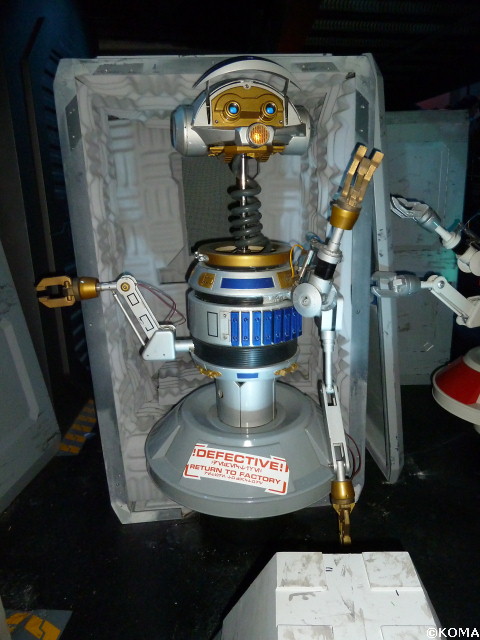 Actor Paul Reubens (better known as Pee Wee Herman) voiced the character because Disney was impressed with the work he did as the voice of the shipboard computer in the Disney film "Flight of the Navigator" (1986), as well as his ability to make panic comical.
Actor Paul Reubens (better known as Pee Wee Herman) voiced the character because Disney was impressed with the work he did as the voice of the shipboard computer in the Disney film "Flight of the Navigator" (1986), as well as his ability to make panic comical.
The visionary Lucas spent hours guiding the fabrication and programming of the C-3PO Audio-Animatronics figure, whose outer shell was assembled from a box of spare parts sent from Lucas' Industrial Light and Magic team.The figure is authentic, as is the shell of R2-D2.
Actor Anthony Daniels, who played the role of C-3PO in the Star Wars films and voices the figure in the attraction, visited several times to review the work, and he later praised the decision to make C-3PO an Audio-Animatronics character, saving some poor actor from enduring long hours in C-3PO gear as he had suffered on the film sets.
The building housing the Star Tours attraction at Disneyland was originally home to a different attraction called Adventure Thru Inner Space, which shrank guests through a giant microscope and sent them on a journey through such fantastic sights as a melting snowflake.
When poor Rex takes a wrong turn in the original Star Tours attraction, sharp-eyed guests caught a brief glimpse of that same Mighty Microscope over to the lower right, and the really sharp-eyed may have noticed the microscope was complete with tiny Atomobiles in its tip.
This was not just some clever afterthought. Imagineers built the microscope model using the original blueprint designs and sent it to Industrial Light and Magic for inclusion in the hangar model used in the filming.
Another classic Disneyland attraction salute took the form of a new life for two Audio-Animatronics singing geese from the "America Sings" show in Tomorrowland. Part of a barbershop quartet, these two figures were stripped of their feathers, given binocular eyes and radar tails, and reintroduced as repair droids, G2-9T (the small one) and G2-4T (the foreman). Why are they "G2" droids? Well, there are two of them and the "G" stood for "geese." (The other two geese, as well as most of the "America Sings" characters, found a new home at the Disneyland Splash Mountain attraction.)
The G2 droids' voices were provided by two Imagineers who worked on the project. That casting theme plays out throughout the attraction, as several prominent Imagineers and Industrial Light and Magic employees make cameo appearances, from the clever safety-procedures boarding video to the orange suited technicians seen on screen in the docking bay.
The StarToursaction was shot on 70mm film at a speed of 30fps to create clear, flicker-free images. The film was made "the old-fashioned way," with miniatures, models, motion-control cameras, optical printers and other techniques that were popular in Hollywood before the advent of computer-generated imagery.
That forbidding, twisting ice tunnel, for example, was constructed out of foam, with plastic-and-resin icicles along with clear blue resin. The "ice-teroid field" sequence took more than 28 hours to film as it included more separate elements than the most complicated special effects shot in "Return of the Jedi."
The attraction was always intended to have the film experience changed with new motions to match. The whole theory was that instead of tearing down an existing attraction and building an entirely new one, which was traditionally done, enormous amounts of money could be saved by just changing the film.
In a 1987 interview, George Lucas stated, "One of the basic ideas behind this is that it's reprogrammable. This will give us a big advantage in being able to upgrade the ride, to improve it or change it or make it into something else."
At the time, Lucas offered four different story choices that could be utilized in the future.
So, it is unknown if this clever storyline still exists at all in the new history of Star Wars, but it did provide several decades of entertainment to even the most diligent of fans, and certainly seemed to maintain the integrity of the vision of the original trilogy.
= = = = = = = = = = = = =
RELATED LINKS
= = = = = = = = = = = = =
Star Tours: The Adventures Continue
Star Wars Weekends at Disney's Hollywood Studios
VIDEO: Laura and Lee ride with Star Tours show writer Steve Spiegel
Other features from the Walt Disney World Chronicles series by Jim Korkis can be found in the AllEars® Archives.
Jim also writes occasionally for the AllEars® Guest Blog, contributing entries under the heading of "Jim's Attic."
-=-=-=-=-=-=-=-=-=-=-
Disney Historian and regular AllEars® Columnist Jim Korkis has written hundreds of articles about all things Disney for more than three decades. As a former Walt Disney World cast member, his skills and historical knowledge were utilized by Disney Entertainment, Imagineering, Disney Design Group, Yellow Shoes Marketing, Disney Cruise Line, Disney Feature Animation Florida, Disney Institute, WDW Travel Company, Disney Vacation Club and many other departments.
He is the author of several books, available in both paperback and Kindle versions. You can purchase them via our AllEars.Net Amazon.com store HERE.
-o-o-o-o-o-o-o-o-o-o-o-
Editor's Note: This story/information was accurate when it was published. Please be sure to confirm all current rates, information and other details before planning your trip.

